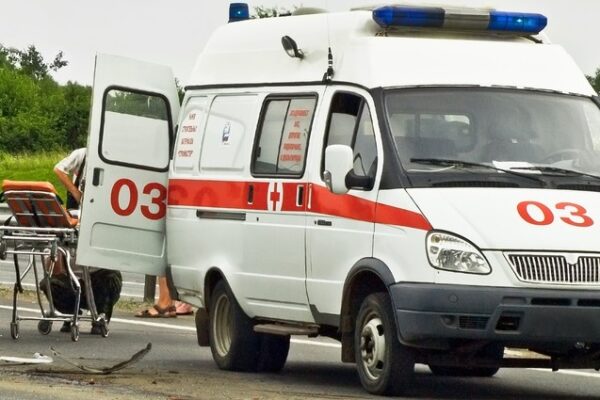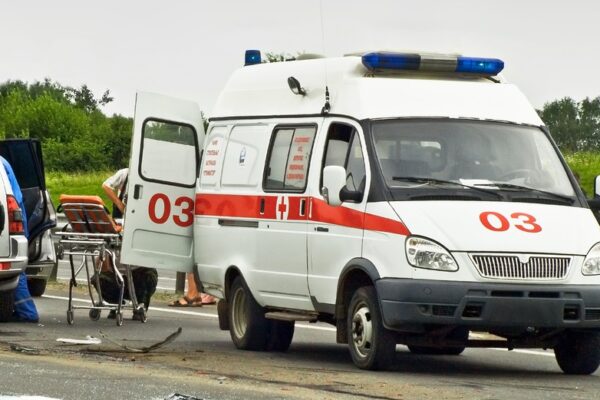First steps in personal injury cases
1: Get as much information as you can as soon after the accident as possible. If you can’t do it yourself, enlist the help of family and friends. Most importantly, get names and contact information of witnesses and those involved. Take photos. Write down what happened as soon as you can so that you can capture details. If this is an on-going issue, keep a daily log.
2: Get medical treatment. If you have been injured, take care of yourself first and foremost. As you do this, you create evidence that will be used to determine the extent of your physical injuries. Don’t stint on this.
3: Find a good attorney with plenty of experience in both settling and trying personal injury cases. We have excellent lawyers with more than 40 years of experience. Nevertheless, consult with more than one attorney about your case to find a good fit.
4: The lawyer begins the investigation. The first step is getting all the information you have, as well as personal, financial, and medical background information. One of the biggest tasks is getting all your medical records and reviewing them.
5: Determination of viability. Once the attorney has reviewed all the information, she will make a determination about whether or not she believes your case is viable.
Moving forward
6: Attempting a settlement. If your attorney determines that the case is strong, she will probably make an attempt to settle it. Two factors determine when she begins settlement talks. The first is whether or not your healing is complete. Until that time, it is difficult to estimate or document the extent of your injuries and losses. Often, however, settlement or a lawsuit must go forward sooner than ideal because financial needs are great.
7: File a lawsuit. If no fair settlement results, your attorney will prepare for filing a lawsuit. He must file within the statute of limitations. In Washington state, the statute of limitations for most personal injury cases is three years. It will often take as long as two years before the case comes to trial. But, fear not, there are other opportunities for settlement before trial starts.
The final steps
8: Discovery begins. During discovery, your lawyer will demand that the other parties reveal their defense and the evidence they plan to use. She will also demand evidence that you need to prove your case that the other party has. The other party makes the same demands as you. Expect interrogatories, or written questions than demand written answers; demands for documents; and depositions. You will doubtless go to an attorney’s office with your attorney. There, after swearing in you will answer questions put to you by the other party’s attorneys. It will be recorded. Allow about a year for this process.
9: Mediation and Negotiation. Toward the end of discovery, the lawyers may attempt settlement. In fact, between 80% and 95% of personal injury cases are settled before trial. And, settlements can take place even after trial has begun.
10: Trial Begins. Most of these cases are tried before a jury, so the first step in the trial is seating the jury. A trial can take a day, a week or longer, depending on the complexity of the case and the number of parties.
Get a free evaluation of your personal injury case.
Personal injury attorneys Chalmers Johnson and John Groseclose have more than 40 years experience fighting for the injured. They are happy to talk with you about your case.



